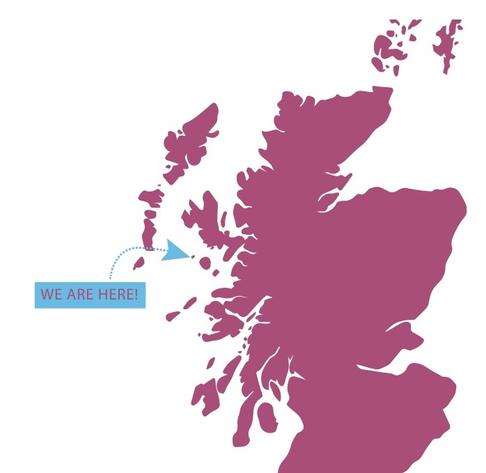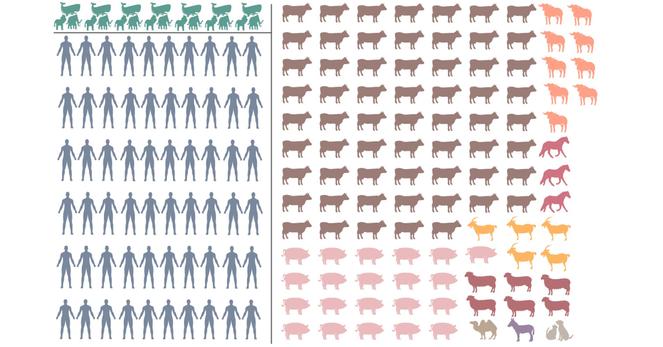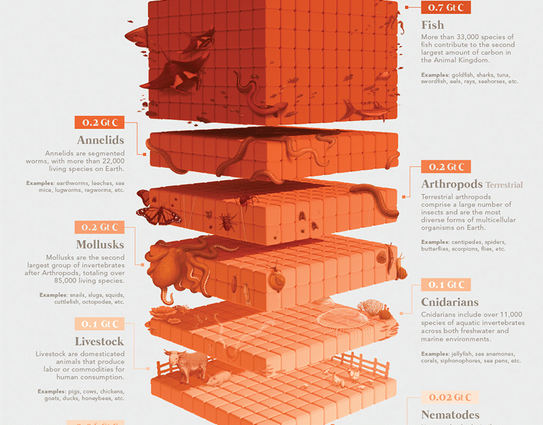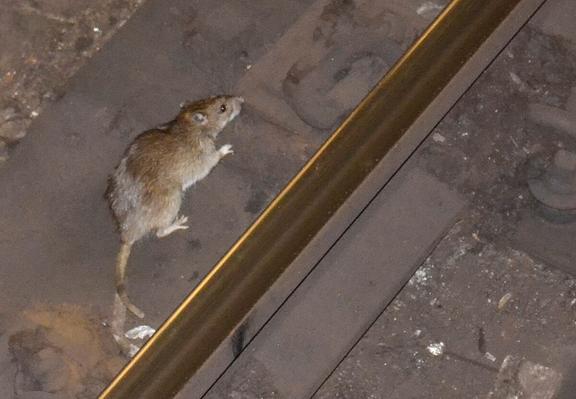I'm not a "foodie". I like eating as much as the average mammal. But unlike most, I'm not on the brink of starvation, so eating is not a major focus of my life. So I'd never sail to a remote isle in the Inner Hebrides just to eat at a fancy restaurant like Café Canna. But the idea of sailing to a remote island *does* intrigue me - and I like the perverse idea of a restaurant that's really hard to reach.
It's probably enough to just read about it while I stay home and eat a banana for breakfast:
"The next morning we left the shelter of the bay and forged into a far less hospitable ocean – not quite bad tempered, but not far off. “Lumpy,” said Watson, who never seemed to run out of words to describe the sea: pitchy, squally, swirly. Passing the moleskin-grey volcanic peaks of Rum, one of the Small Isles, on our starboard side, the boat lolloped towards another, Canna, where we went ashore and hiked to its eastern tip to watch puffins before looping back to the bay for a beer at Café Canna, a tiny, remote restaurant that draws sailors from across the archipelago."
That's Alexander Barlow from his decadent tale of sailing the Inner Hebrides, eating and drinking:
https://www.cntraveller.com/article/sailing-through-inner-hebrides
Here is Café Canna's website:
Even better may be the most remote pub in the mainland of Scotland, or for that matter the UK. Read on, my friend....
(1/2)




